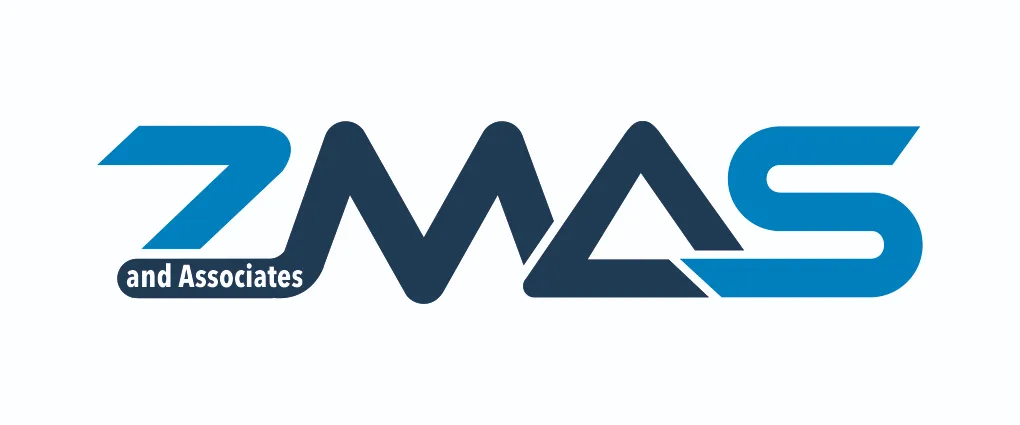Fraud doesn’t always start with a bold act of theft. More often, it begins quietly, with small red flags hidden in plain sight. For business owners, recognizing these subtle behavioral and operational warnings can mean stopping financial losses and reputational damage before they escalate.
Drawing from industry-leading sources like Forbes and the Association of Certified Fraud Examiners (ACFE), this article explores how to identify and respond to early signs of employee fraud, before it costs your organization dearly.
Table of Contents
1. Living Beyond Means
One of the earliest warning signs of employee fraud is a lifestyle that suddenly exceeds one’s financial capacity. The ACFE identifies “living beyond one’s means” as the most common behavioral red flag observed among fraudulent employees. Lavish purchases, unexplained upgrades in personal assets, or costly travel patterns can often hint at misappropriation of company funds.
2. Unwillingness to Share Duties
A hallmark of internal fraud is the employee who insists on doing everything themselves, controlling payments, vendor management, or reconciliations. This reluctance to delegate restricts visibility and creates opportunities for manipulation. As Forbes contributor Elizabeth Kiehner notes in “Insider Threat: A Hidden Risk to Organizational Growth”, a lack of shared task responsibility often signals deeper governance or integrity issues within the organization.
3. Overly Close Relationships with Vendors or Clients
Frequent gifts, favors, or exclusive dealings with specific vendors can suggest collusion or kickback schemes. Corruption-based fraud, according to the ACFE, occurs in nearly half of all investigated corporate fraud cases, often concealed as “business development.”
For an overview of how schemes like kickbacks and bid-rigging operate, review ZMAS’ detailed guide: What Are the Common Types of Corporate Frauds?.
4. Unusual System Access or After-Hours Activity
Fraud isn’t always visible in ledgers, it can begin in your IT systems. Unrecognized logins, large file transfers, or late-night access to financial applications are early technical indicators of insider threat activity. Forbes’ analysis of insider risk highlights that such behavior often precedes financial manipulation and data theft, particularly in hybrid or remote environments where accountability gaps may exist.
5. Resistance to Oversight or Audits
Employees engaged in fraud often resist being audited, question oversight, or show defensiveness when internal controls are strengthened. Transparency-phobic behavior is a psychological tell, fraudsters fear exposure through structured accountability.
6. Declining Attendance or Erratic Behavior
A sudden drop in performance, consistent late arrivals, or emotional volatility may reflect internal stress tied to fraudulent activities, or personal financial crises that push an employee toward misconduct. The ACFE identifies financial pressure as a strong motivator behind occupational fraud, underscoring the role of awareness and employee well-being programs in prevention.
7. Over-Documentation and Control Obsession
Fraudulent employees sometimes appear overly diligent, constantly checking their own work or controlling documentation excessively. This hypervigilance serves as a disguise to appear compliant while secretly manipulating numbers.
8. Inconsistent Records or Fabricated Documents
Falsified invoices, forged signatures, or discrepancies in accounting entries are classic signs of document-based fraud. These issues can arise in numerous forms, ranging from false billing to ghost employee schemes, as detailed in the article What Are the Common Types of Corporate Frauds?.
9. Financial Pressures or Sudden Debt
Fraudulent behavior often correlates with personal financial strain. Employees facing debts, addictions, or personal crises may rationalize their actions as “borrowing” or a temporary fix. Proactive ethical training and open-door HR policies can mitigate this risk before it translates into misconduct.
10. Weak or Fear-Based Organizational Culture
Perhaps the most pervasive red flag is cultural. Companies where employees fear raising concerns or leadership overlooks minor ethical breaches create fertile grounds for fraud. As noted in Forbes’ coverage of insider threats, organizations that lack open communication and clear accountability structures face dramatically higher risks of internal misconduct.
Guarding Against Hidden Threats
Corporate fraud is rarely spontaneous, it thrives on patterns of neglect, trust exploitation, and weak oversight. By training managers to identify behavioral red flags, tightening control systems, and conducting periodic fraud risk assessments, leaders can proactively safeguard company integrity.
Closing Thought
In the end, fraud prevention isn’t just about controls, it’s about culture. Building a transparent environment where accountability is encouraged and data access is monitored is the most powerful deterrent of all.


Recent Comments